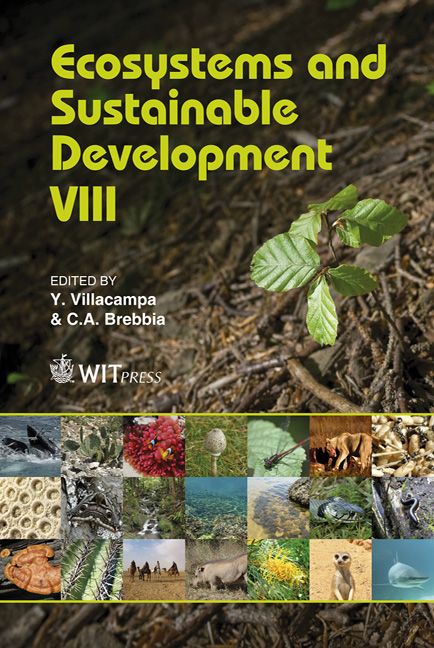Tourism Carrying Capacity Assessment And Environment: The Case Of Crete
Price
Free (open access)
Transaction
Volume
144
Pages
13
Page Range
177 - 189
Published
2011
Size
2,539 kb
Paper DOI
10.2495/ECO110161
Copyright
WIT Press
Author(s)
B. S. Tselentis, D. G. Prokopiou, Em. Gyalirakis & D. Bouga
Abstract
Crete is the largest island in Greece. It covers an area of 8,303 sq. km and has 170 km of beaches. Tourism supply in Crete includes more than 200,000 beds which serve more than 3.5 million international tourist arrivals per year. Cretan environment, both natural and manmade, can sustain a polymorphic tourism product for the island. The physical and cultural environment consist of an extended coastline with many sandy beaches, picturesque cities and traditional villages, unique mountains, wetlands and lakes. The environment plays a vital role for the sustainable development of the tourism industry and offers a unique tourist product for the island. The objective of this paper is to evaluate the impact of tourism and other economic activities on the environment of Crete and to estimate the quality of tourism products and services offered by the island’s infrastructure. In our study we have used environmental and tourism indices to estimate the impact of tourism and other businesses in the environment of Crete, in an attempt to address the challenges and options, pertinent to formulate a novel sustainable tourist development proposal. Keywords: tourism carrying capacity assessment, carrying capacity in tourism, study for tourism in Crete, Crete tourism and environment, tourism and environment.
Keywords
tourism carrying capacity assessment, carrying capacity in tourism, study for tourism in Crete, Crete tourism and environment, tourism and environment





